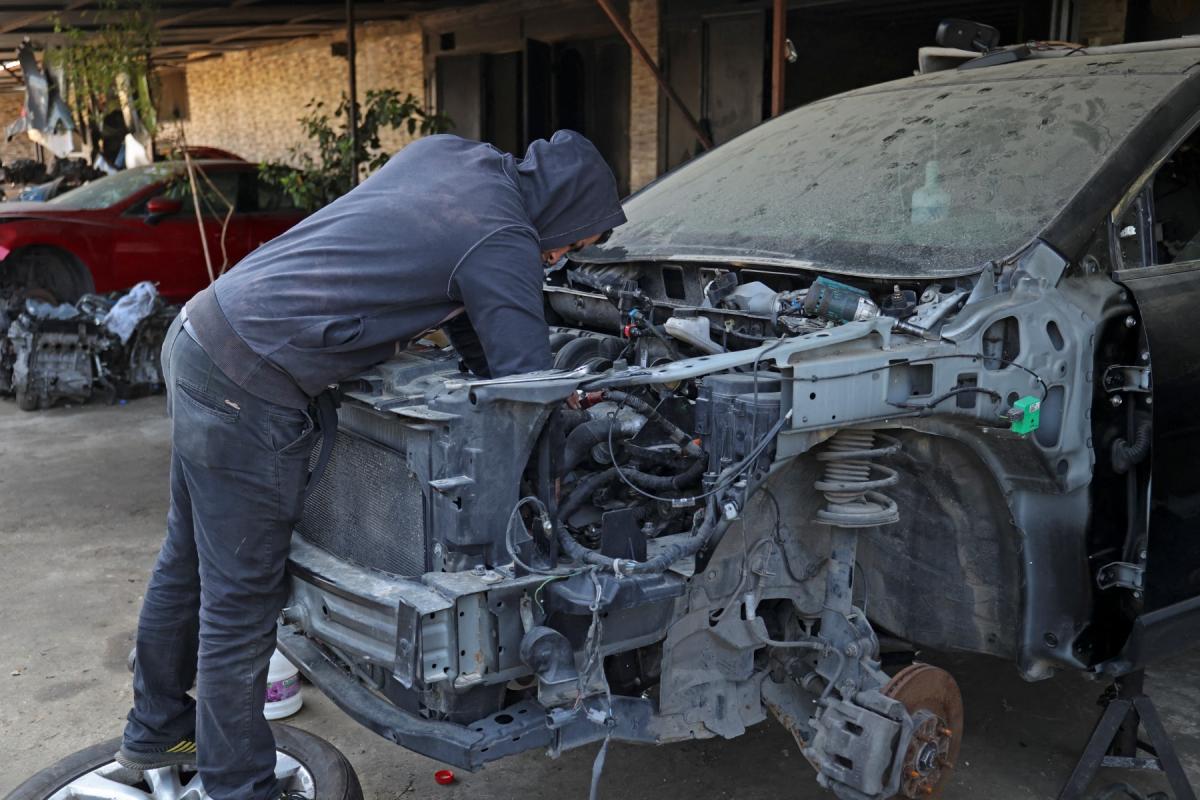Today’s workplace is a mosaic of generations—spanning from the “Silent Generation” to Generation Z—each with its own view of work, priorities, and sensitivities that could prompt an exit if not respected. This diversity is not, as some might fear, a source of friction, but rather a strength when managed wisely—a foundation for building an inclusive and balanced workplace culture.
The Silent Generation: Pride in Experience
The Silent Generation—those born before the mid-1940s (1928–1945) and now a rare presence in the job market—values experience and commitment. They feel deeply alienated if their expertise is overlooked or key decisions are made without their input. This generation does not seek the spotlight but yearns for sincere recognition of their worth. Excluding them from decision-making circles can be enough to push them toward the exit.
Baby Boomers: Loyalty Comes with Conditions
Baby Boomers (1946–1964), shaped by an era of stability and expansion, were raised on the idea of long-term loyalty to an employer. But that loyalty is not unconditional—it hinges on respect and acknowledgment. Marginalizing them or diminishing their history within the company undermines their sense of security and can drive them to leave an organization they once helped anchor.
Generation X: Structure as the Key to Retention
Generation X (1965–1980) brings a pragmatic, organized outlook. They reject chaos, dislike unproductive meetings, and demand a healthy work-life balance. Disorganization drains them quickly, and they expect clarity and efficiency in all aspects of work. Without these elements, their loyalty soon fades.
Millennials: Recognition and Growth Above All
Millennials (1981–1996) entered the workforce with high expectations about what work should offer them—not the other way around. They seek flexible environments that foster growth and consistently acknowledge their contributions. They refuse to be mere cogs in the machine, valuing constant feedback and workplaces where their voices carry weight.
Generation Z: Clarity or Goodbye
The newest entrants to the workforce, Generation Z (1997–2012), have little tolerance for vague assignments or rigid workplaces that resist change. They are quick decision-makers, drawn to environments that mirror their lifestyles: clear, adaptable, and fair. Breaching these conditions can see them walk away—sometimes before even completing their first month.
Understanding as the Basis for Sustainability
Dr. Nader Al-Qahtani, a human resources and workplace development consultant, told Al-Safa News: “Retaining talent today isn’t just about financial perks or job titles—it’s about creating an environment where every individual feels seen and understood. Ignoring generational differences is the number one driver of high turnover rates, especially among youth. Companies that succeed in reading each generation’s needs and designing flexible management programs will lead the job market in the coming years.”
A Smart Workplace Understands Diversity
Generational differences are not obstacles but opportunities—to build a cohesive team blending experience, discipline, competence, innovation, and energy. A smart workplace does not impose a one-size-fits-all model but shapes its culture to meet each generation’s needs for security and purpose.
In the end, retaining talent is not just about paychecks—it’s about cultivating a culture that respects every generation, knowing that, at the core, everyone seeks the same simple thing: to be treated as they deserve.
Please post your comments on:
comment@alsafanews.com
 Politics
Politics













